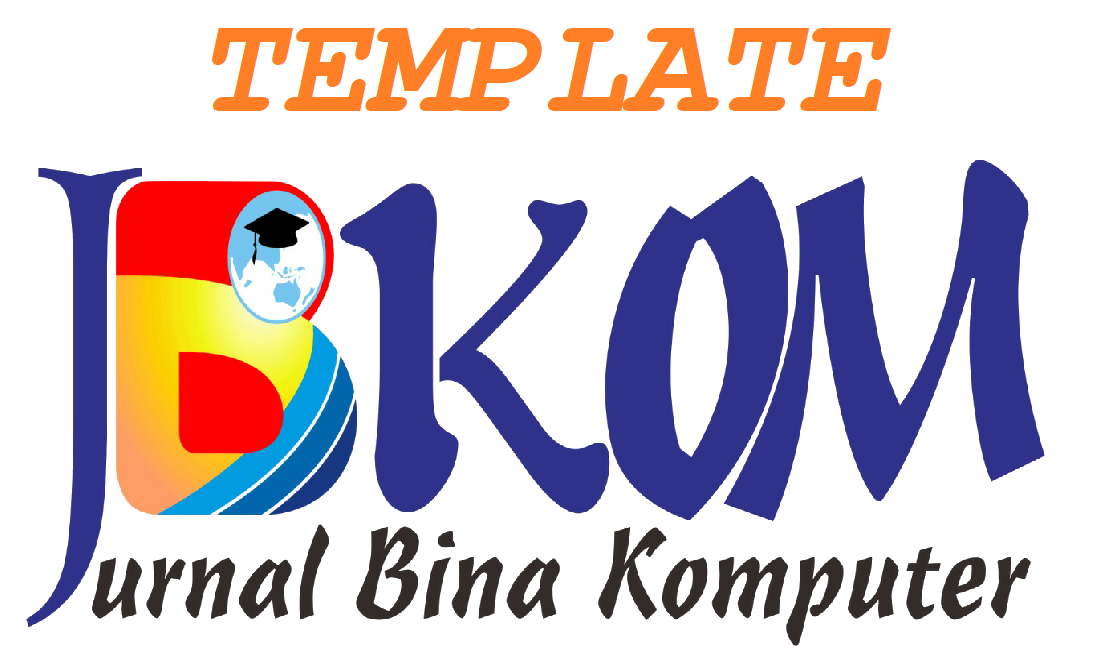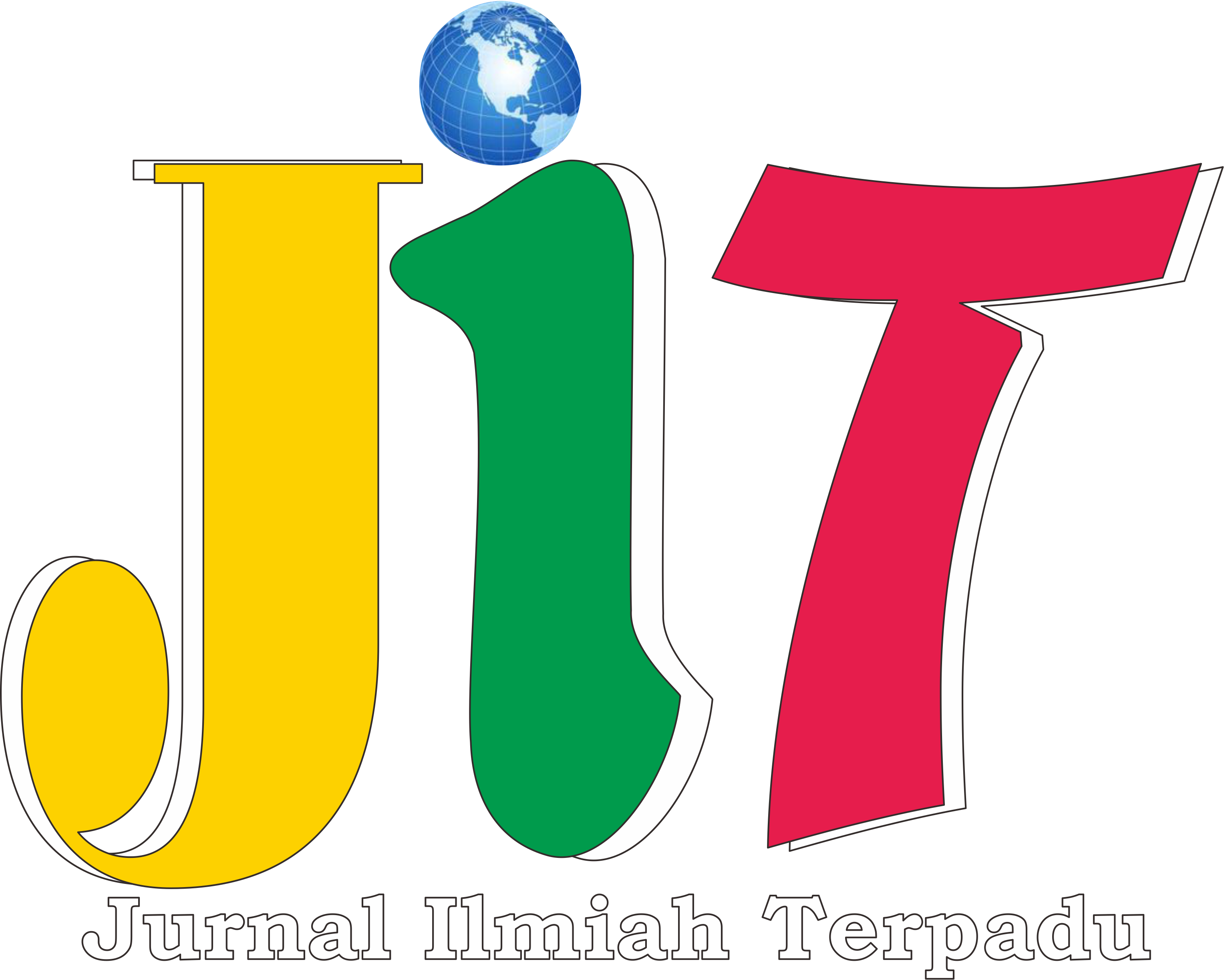PERILAKU PENGGUNA TERHADAP SISTEM GURU PEMBELAJAR ONLINE DI SEKOLAH MENENGAH PERTAMA NEGERI KOTA PALEMBANG
DOI:
https://doi.org/10.33557/binakomputer.v1i1.153Keywords:
Behavior Itention, GPO, UTAUT, User BehaviorAbstract
GPO (Online Learning Teacher) is a program developed by Kemdikbud post-UKG (Teacher Competency Exam) 2015 which aims to improve teacher competence. Learning Teachers Online mode consists of 3 (three) models: GP Full Dedicated Mode, GP Front Facing Mode and GP Combination Mode Mode. In the application of the GP program does not necessarily run as planned, while the conditions that occur in the field to meet the problems in the application, due to factors that affect users GP program itself, such as the use of information technology used is sometimes considered by some teachers as a difficulty due to lack of knowledge will be computer technology. Unified Theory of Acceptance and Use of Technology (UTAUT) states that one's acceptance of information technology (user intention). two variables of research that variables have significant effect to behavioral intention, effort expectancy have significant effect to behavioral intention and facilitating condition correlate positively to user behavior and three other variables that is social influence, no significant influence on behavioral intention and behavioral intention unrelated posistif with user interest User Behavioral) Online Teacher Learning System (GPO) system system of Junior High School teachers
Downloads
References
Baroroh, K. 2011. Upaya meningkatkan nilai-nilai karakter peserta didik melalui penerapan metode role playing. Jurnal Ekonomi & Pendidikan, 8(2).
Bendi, R. and Andayani, S. 2013. Analisis Perilaku Penggunaan Sistem Informasi Menggunakan Model UTAUT. Semantik 2013, 3(1), pp.277-282.
Bungin, B. 2006. Metode penelitian kualitatif.169
Chin, W. W. 2010. How to write up and report PLS analyses Handbook of partial
least squares. (pp. 655-690): Springer.
Curry & Kerlinger, L.L.C. and Kerlinger, P. 2006. Post-construction avian and bat fatality monitoring study for the High Winds Wind Power Project, Solano County, California: two year report. Curry & Kerlinger, LLC.
Djatikusuma, Edin, S., Herry Widagdo. 2015. Analisis Perilaku Calon Mahasiswa Terhadap Minat Untuk Menjadi Mahasiswa Di Sekolah Tinggi Ilmu Ekonomi Multi Data Palembang Menggunakan Metode Unifield Theory Of Acceptance And Use Of Tehnology (UTAUT). Program Studi Akuntansi. STIE MDP Palembang
Fatmawati, E. 2015. Technology Acceptance model (TAM) untuk menganalisis penerimaan terhadap sistem informasi di perpustakaanM INFORMASI PERPUSTAKAAN. IQRA': Jurnal Perpustakaan dan Informasi, 9(1).
Field, A. 2009. Discovering statistics using SPSS. Sage publications.
Hair, J., Black, W., Babin, B., & Anderson, R. 2010. Multivariate data analysis (Vol.
7). Upper Saddle River, NJ: Pearson Prentice Hall.
Hair Jr, J., Sarstedt, M., Hopkins, L. and G. Kuppelwieser, V. 2014. Partial least squares structural equation modeling (PLS-SEM) An emerging tool in business research. European Business Review, 26(2), pp.106-121.
Hair Jr, J.F., Hult, G.T.M., Ringle, C. and Sarstedt, M. 2016. A primer on partial least squares structural equation modeling (PLS-SEM). Sage Publications.
Handayani, R. 2007. Analisis Faktor-faktor Yang Mempengamhi Minat Pemanfaat Sistem Informasi dan Penggunaan Sistem Informasi. Symposium Nasional Akuntansi.
Haryono, S. 2017. Metode SEM Untuk Penelitian Manajemen: Amos, Lisrel & PlS. PT.Luxima Metro Media, Jakarta Timur
Kementerian Pendidikan Dan Kebudayaan, Direktorat Jenderal Guru Dan Tenaga Kependidikan. 2016. Guru Pembelajar, Pedoman Program Peningkatan Kompetensi, Moda Tatap Muka, Dalam Jaringan (Daring), dan Daring Kombinasi
Kline, R. B. 2010. Principles and practice of structural equation modeling (3rd ed.).
New York: Guildford Press
Lam, F.F., Yeung, J.H., Chan, K.M. and Or, P.M. 2008. Dihydrotanshinone, a lipophilic component of Salvia miltiorrhiza (danshen), relaxes rat coronary artery by inhibition of calcium channels. Journal of ethnopharmacology, 119(2), pp.318-321.
Malhotra, N.K., Birks, D.F., Palmer, A. and Koenig-Lewis, N. 2003. Market research: an applied approach. Journal of marketing management, 27, pp.1208-1213.
Meyers, L. S., Gamst, G., & Guarino, A. J. 2006. Applied multivariate research:
Design and interpretation: Sage.
Putra, G. and Ariyanti, M. 2017. Pengaruh Faktor-Faktor dalam Modified Unified Theory of Acceptance and Use of Technology 2 (UTAUT 2) terhadap Niat Prospective Users untuk Mengadopsi Home Digital Services PT. Telkom di Surabaya. Jurnal Manajemen Indonesia, 14(1), pp.59-76.
Sabihaini, Y.L., Astuti, W.T. and Abdullah, M.M.B. 2010. An Experimental Study of Total Quality Management Application in Learning Activity: Indonesia’s Case Study. Pak. J. Commer. Soc. Sci, 4(1), pp.01-21.
Sedana, I.G.N. 2009. Penerapan model UTAUT untuk memahami penerimaan dan penggunaan learning management system studi kasus: Experential e-learning of Sanata Dharma University. Jurnal Sistem Informasi, 5(2), pp.114-120.
Sedana, I.G.N. and Wijaya, S.W. 2010. UTAUT model for understanding learning management system. Internetworking Indonesia Journal, 2(2), pp.27-32.
Sugiyono, D.R. 2006. Statistika untuk penelitian. Bandung: CV. Alfabeta.
Syamsuar, D. 2015. Understanding IPv6 resistance: A model of resistance among Indonesian organizations (Doctoral dissertation, Curtin University).
Yamin, S. and Kurniawan, H. 2011. Generasi Baru Mengolah Data Penelitian dengan Partial Least Square Path Modeling Aplikasi dengan Software XLSTAT, SmartPLS, dan Visual PLS. Jakarta: Salemba Infotek.
Yusrizal. 2008. Pengujian Validitas Konstrak Dengan Menggunakan Analisis Faktor. Jurnal Tabularas PSS UNIMED, Vol.5 No.1
Venkatesh, V., Morris, M.G., Davis, G.B. and Davis, F.D. 2003. User acceptance of information technology: Toward a unified view. MIS quarterly, pp.425-478.
Venkatesh, V., Thong, J.Y. and Xu, X. 2012. Consumer acceptance and use of information technology: extending the unified theory of acceptance and use of technology. MIS quarterly, pp.157-178.










_1.png)



.png)


